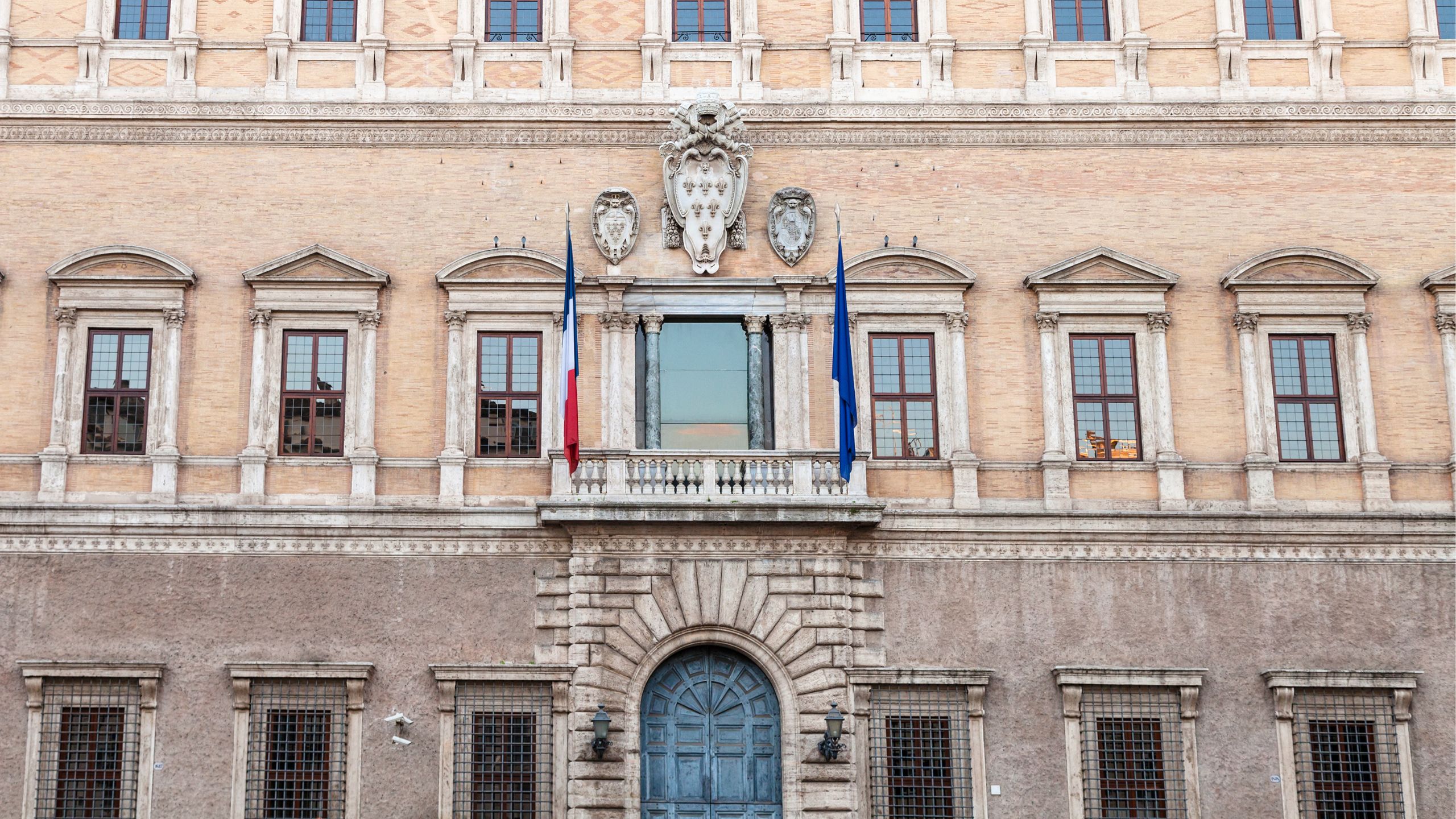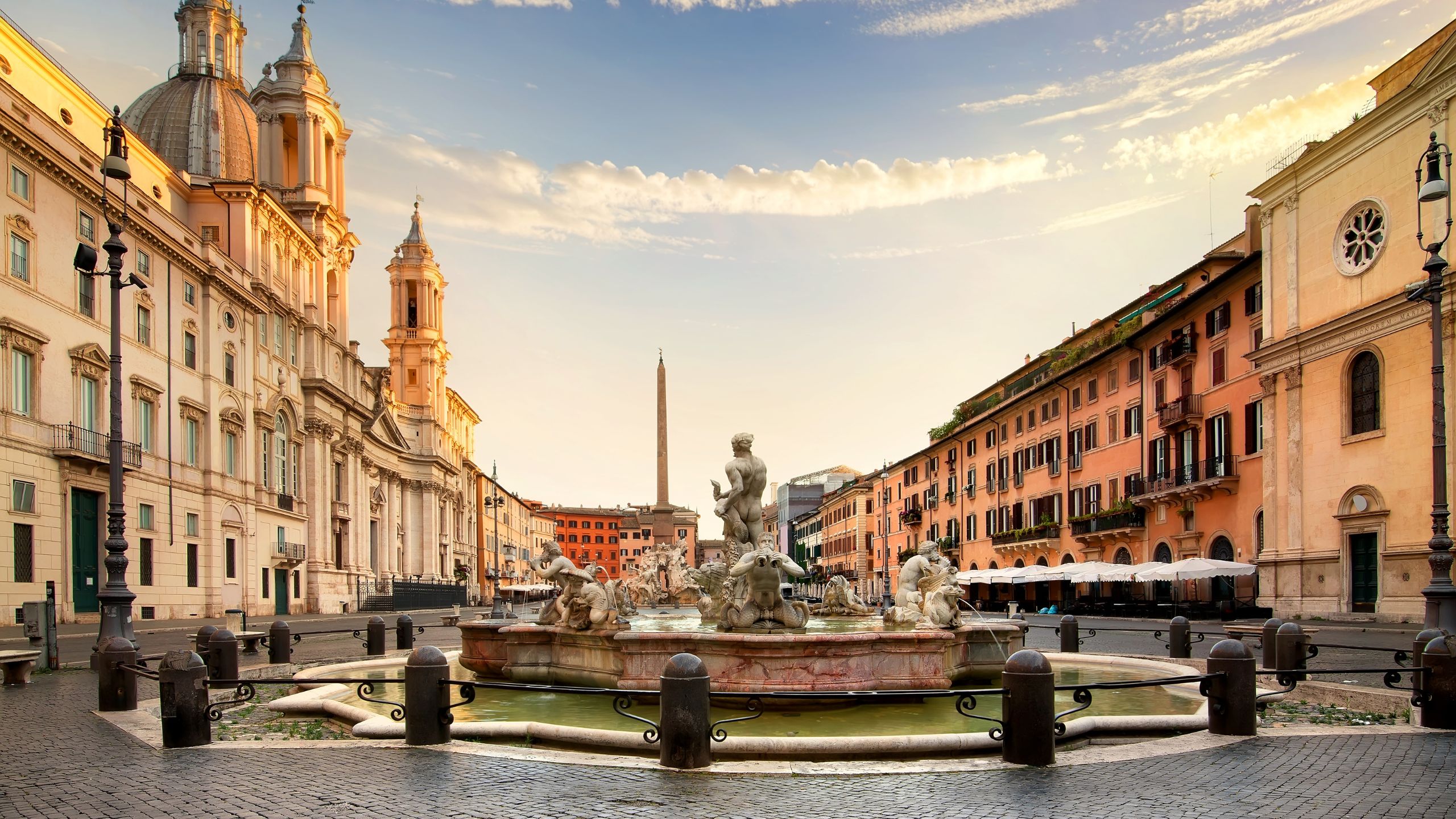Roman Holidays: A Visit to the Fabulous Carracci Gallery at Palazzo Farnese
If you’re searching for a hidden gem that best represents the essence of the Italian Renaissance, then you absolutely must include a visit to the extraordinary Carracci Gallery, located within the magnificent Palazzo Farnese in Rome, on your itinerary. This place, though less known compared to other Roman attractions, is a treasure of art and beauty that will leave you breathless, offering you a unique and unforgettable experience.
Palazzo Farnese: An Architectural Masterpiece
Palazzo Farnese is one of the most imposing and historically significant buildings in Rome, located just a few steps from Campo de’ Fiori, one of the city’s most lively and picturesque squares. This Renaissance palace, begun in 1517 at the behest of Cardinal Alessandro Farnese, the future Pope Paul III, was designed by the greatest architects of the time, including Antonio da Sangallo the Younger, Michelangelo, and Giacomo della Porta. Its monumental architecture, with the majestic facade and the elegant inner courtyard, testifies to the power and wealth of the Farnese family, one of the most influential dynasties of the Renaissance.
Today, the palace houses the French Embassy in Italy, and despite its diplomatic function, it is possible to visit some of its most famous rooms, including the Carracci Gallery. The latter is a true hidden gem, one of the artistic wonders of Rome, capable of enchanting anyone fortunate enough to admire it in person.
The Carracci Gallery: A Triumph of Renaissance and Baroque Art
Entering the Carracci Gallery is like immersing yourself in an epic tale, filled with myth, love, and beauty. The gallery, created between 1597 and 1608, is the work of Annibale Carracci, one of the greatest masters of the late Renaissance and a precursor of the Baroque. Cardinal Odoardo Farnese, nephew of Pope Paul III, commissioned Annibale and his workshop to decorate the gallery’s ceiling, with the intent of celebrating the greatness of his family and, at the same time, exalting art as the supreme expression of culture and power.
The central theme of the Carracci Gallery is the "Triumph of Love," a celebration of love in all its forms, from divine passions to earthly ones. The frescoes, inspired by Ovid’s "Metamorphoses" and other classical sources, narrate mythological episodes in which gods and mortals meet and clash in a game of desires, deceptions, and transformations. Among the most famous scenes is the "Triumph of Bacchus and Ariadne," located at the center of the ceiling, representing the climax of the story and one of the highest points in Annibale Carracci’s art.
What makes the Carracci Gallery unique is the artist’s ability to blend Renaissance classicism with a dynamism and realism that anticipate the Baroque. Carracci, influenced by the works of Michelangelo and Raphael, but also by his direct observation of nature, paints human bodies with extraordinary naturalness and vitality. The figures seem to come to life, move through space, interact with each other and with the viewer, creating a total engagement effect.
Another aspect that makes the Carracci Gallery a masterpiece is the use of quadratura, a painting technique that simulates three-dimensional architecture on the ceiling, visually expanding the space and creating the illusion of an open loggia to the sky. This perspective effect, combined with the vibrant colors of the frescoes, gives life to a work that is both grand and intimate, capable of enveloping the viewer in a world of dreams and wonder.
The Historical and Cultural Importance of the Carracci Gallery
The Carracci Gallery represents a turning point in the history of European art, marking the transition from Mannerism to Baroque and deeply influencing generations of artists. Its innovative fusion of classicism and realism, combined with the complexity of the compositions and the technical skill of Annibale Carracci, has made this gallery a model for frescoed ceilings in the following centuries.
Since Palazzo Farnese is the seat of the French Embassy, access to the gallery is possible only by reservation, and we recommend organizing your visit well in advance, especially during peak tourist seasons.
Guided tours are highly recommended, as an expert guide will be able to illustrate not only the artistic details of the frescoes but also the historical and cultural context in which they were created. You will discover anecdotes, curiosities, and fascinating stories related to the Farnese family, Rome, and the world of Renaissance and Baroque art. This will allow you to fully appreciate the complexity and beauty of the Carracci Gallery, turning your visit into a high-level educational and cultural experience.
Rome is a city that knows how to surprise at every turn, and the Carracci Gallery at Palazzo Farnese is one of its most precious jewels. Plan your stay in Rome and prepare to live an unforgettable experience, full of art, history, culture, and, of course, the eternal beauty of this extraordinary city!




